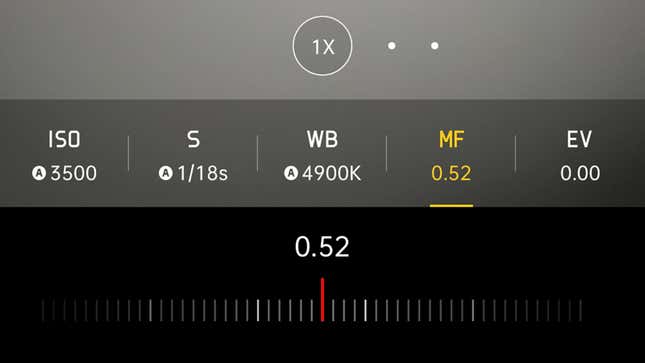Smartphone cameras have come a long way, often rivaling traditional cameras in terms of convenience and capability. However, getting the best out of your mobile camera involves more than just pointing and shooting. Here are some tips and tricks to help you increase the quality of your mobile camera shots.
1. Clean Your Lens
It may seem obvious, but a clean lens is fundamental for capturing clear and sharp images. Dust, fingerprints, and smudges can significantly degrade photo quality.
Tip: Use a microfiber cloth to gently clean your lens before taking photos. Avoid using harsh chemicals or abrasive materials.
2. Use Proper Lighting
Lighting is crucial in photography. Natural light is often the best source, but knowing how to work with different lighting conditions can dramatically improve your photos.
Tips:
- Golden Hour: Shoot during the golden hour (shortly after sunrise or before sunset) for soft, warm lighting.
- Avoid Harsh Light: Midday sun can create harsh shadows. Look for shaded areas or use a diffuser.
- Artificial Lighting: When indoors, use natural light from windows, or invest in a good LED light for consistent results.
3. Adjust Camera Settings
Most smartphone cameras come with advanced settings that can be adjusted to enhance photo quality. Familiarize yourself with these settings to take control of your shots.
Settings to Adjust:
- Resolution: Set your camera to its highest resolution.
- ISO: Lower ISO settings reduce noise in well-lit conditions, while higher ISO settings are better for low light.
- Exposure: Adjust exposure to ensure your subject is well-lit without being overexposed.
- White Balance: Correct white balance settings can help achieve more natural colors.
4. Use the Right Mode
Modern smartphones come with various camera modes designed for different types of photography.
Common Modes:
- Portrait Mode: Creates a depth-of-field effect, blurring the background while keeping the subject sharp.
- Night Mode: Optimizes settings for low-light conditions, reducing noise and enhancing detail.
- Pro Mode: Allows manual control over settings like ISO, shutter speed, and focus.
5. Stabilize Your Camera
Camera shake can result in blurry images. Keeping your camera steady is key to sharp photos.
Tips:
- Tripods: Use a mini tripod or a stabilizer to keep your camera still.
- Self-Timer: Use the self-timer function to avoid camera shake when pressing the shutter button.
- Steady Hands: Hold your phone with both hands, tuck your elbows in, and lean against a stable surface for added support.
6. Use Editing Apps
Post-processing can enhance your photos significantly. There are numerous editing apps available that can help you tweak and perfect your images.
Popular Editing Apps:
- Adobe Lightroom: Offers powerful editing tools, including exposure, color, and detail adjustments.
- Snapseed: Provides a user-friendly interface with a range of professional-grade editing options.
- VSCO: Known for its filters and easy-to-use editing tools.
7. Experiment with Composition
Composition is the art of arranging elements within your frame. Good composition can turn an average photo into a great one.
Composition Tips:
- Rule of Thirds: Divide your frame into a 3x3 grid and place your subject along the lines or intersections.
- Leading Lines: Use natural lines to lead the viewer’s eye towards the subject.
- Framing: Use elements within the scene to frame your subject and add depth.
8. Utilize Lenses and Accessories
External lenses and accessories can enhance your smartphone’s camera capabilities.
Useful Accessories:
- Clip-On Lenses: Wide-angle, macro, and telephoto lenses can expand your creative options.
- LED Lights: Portable lights can help in low-light situations.
- Selfie Sticks and Gimbals: Improve stability and allow for creative angles.
9. Understand Your Camera’s Limitations
Knowing what your smartphone camera can and cannot do will help you manage expectations and work within its limits.
Limitations to Consider:
- Low Light Performance: Smartphone cameras can struggle in low light; use night mode or additional lighting.
- Zoom: Digital zoom can degrade image quality; use optical zoom or move closer to your subject.
- Dynamic Range: Cameras may have limited ability to capture extreme contrast; use HDR mode if available.
Conclusion
Increasing the quality of your mobile camera shots involves a combination of proper techniques, understanding your camera’s settings, and using the right tools and accessories. By cleaning your lens, using proper lighting, adjusting settings, stabilizing your camera, and editing your photos, you can significantly enhance the quality of your mobile photography. Experimenting with composition and utilizing external lenses and accessories can also open up new creative possibilities. With these tips, you’ll be well on your way to capturing stunning photos with your smartphone.





No comments:
Post a Comment